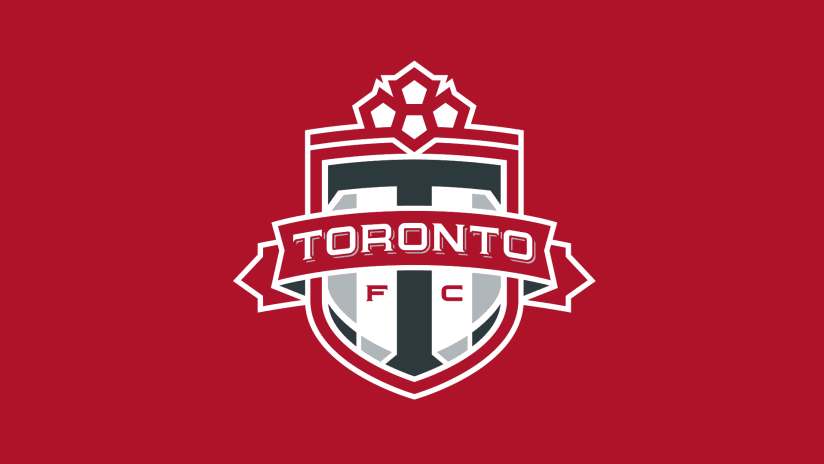The Hex endures. Kind of.
Concacaf on Wednesday announced its format for 2022 FIFA World Cup qualifying, restructuring the competition into two parts, one familiar and one totally new.
The Concacaf Hexagonal, the marathon, iconic six-team round-robin stage that has served as the North American region’s final phase of qualifying for decades, will remain in place. But instead of those six teams being determined by preliminary rounds as in the past, the Hex will now be comprised of the confederation’s top six ranked member nations based on the FIFA World Rankings published after the FIFA window of June 2020.
The Hex will take place as home-and-away round robin play during the FIFA international windows of September, October and November of 2020 and March and September of 2021, and the top three finishers will qualify directly for Qatar 2022. The date, location and procedures for the draw which will determine the groups and match schedule for the Hexagonal will be announced later this year.
The new part of qualifying will involve the Concacaf nations ranked 7-35, according to those same FIFA World Rankings published after the FIFA window of June 2020. First those 29 teams will compete in a group stage comprised of eight groups – five groups of four teams and three groups of three – which will duel in home-and-away round robin play during next year’s September, October and November FIFA windows.
The first-place finishers in each of the eight groups will qualify for a single-elimination knockout phase, with quarterfinals, semifinals and final matches to be played in a home-and-away format during March, June and September 2021.
The winner of that knockout phase will face the fourth-place finisher of the Hexagonal group to determine the Concacaf representative in the FIFA intercontinental playoff; the home-and-away playoff matches between those two Concacaf representatives will take place in October 2021.
“The love for the game in this region is growing rapidly and our diverse and dynamic communities want a clear pathway to world-class football. Through our freshly designed formats — across FIFA World Cup qualifiers, Concacaf Nations League and Concacaf Gold Cup — we are staging more competitive international matches than ever-before to help these communities fulfill their potential,” said Concacaf president Victor Montagliani in a statement.
“This new FIFA World Cup qualifying format, based on the FIFA rankings, makes every competitive match count. Alongside the Concacaf Nations League, and our expanded Gold Cup, it will raise standards of play to unprecedented levels and develop the sport across the region. Making the leading Concacaf nations stronger on the global stage, while giving our emerging footballing nations the chance to pursue their dreams of playing at a World Cup.”













